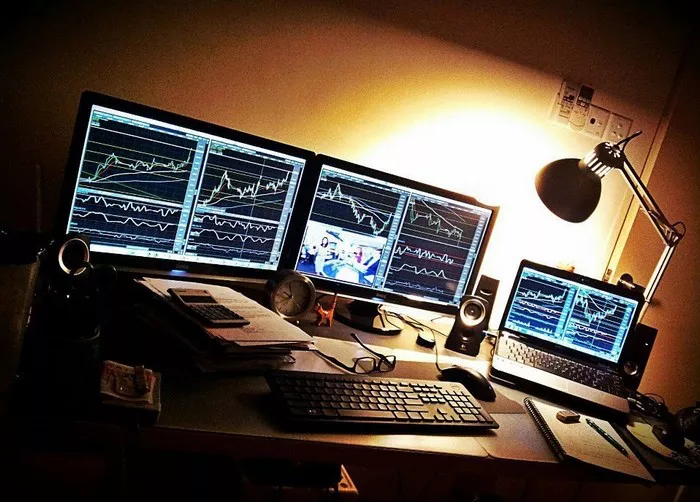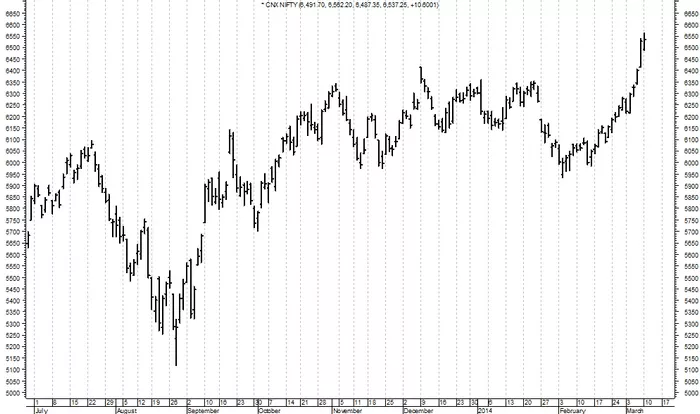The AUD/USD currency pair is one of the most actively traded pairs in the Forex Market. As a financial expert or trader, understanding the specific opening times of this pair is essential for crafting effective strategies. The Australian Dollar (AUD) and the US Dollar (USD) represent two major economies, and their exchange rate reflects global economic, political, and market conditions.
The Forex Trading environment operates 24 hours a day from Monday to Friday, unlike traditional stock markets that have fixed daily hours. However, not all currency pairs are equally active throughout the day. The activity and volatility in any pair are driven by the business hours of the economies they represent. In this case, that’s Australia and the United States.
In this detailed guide, we will break down the exact opening times of AUD/USD, why timing matters, how global time zones impact the pair’s movement, the best time to trade it, and common strategies professionals use based on timing. We will also delve into how macroeconomic events, central bank policies, and geopolitical influences play a role during different sessions.
Understanding the Global Forex Market Schedule
The market is a decentralized global marketplace, and it follows a rolling 24-hour cycle based on four major sessions: Sydney, Tokyo, London, and New York. These sessions reflect the major global trading hubs and play a key role in dictating liquidity and volatility.
Here is a brief overview of the standard Forex sessions (all times are in GMT):
Sydney Session: 10:00 PM – 7:00 AM GMT
Tokyo Session: 12:00 AM – 9:00 AM GMT
London Session: 8:00 AM – 5:00 PM GMT
New York Session: 1:00 PM – 10:00 PM GMT
Since AUD is the currency of Australia, the AUD/USD pair is most active during the Sydney and overlapping Asian sessions. But because USD is the world’s reserve currency, the New York session also contributes significantly to this pair’s volume.
What Time Does AUD/USD Open?
The AUD/USD pair opens for trading every Monday at 10:00 PM GMT, aligning with the start of the Sydney session. This is the first major market to open in the weekly Forex cycle. The pair remains open 24 hours a day during weekdays and closes on Friday at 10:00 PM GMT when the New York session ends.
However, for traders located in different regions, here are the equivalent opening times:
New York (EST): Sunday at 5:00 PM
London (BST/GMT): Sunday at 10:00 PM
Sydney (AEST): Monday at 8:00 AM
Tokyo (JST): Monday at 7:00 AM
It’s important to adjust for daylight saving time (DST), which can shift the market opening time by an hour in some regions, especially in the US and UK.
Why Knowing the Opening Time Matters
Understanding the opening hours for the AUD/USD pair is more than just a technical detail. It can impact:
Liquidity: Higher liquidity usually occurs when the Sydney and Tokyo sessions overlap or when Tokyo overlaps with London.
Volatility: Traders often see more significant moves when multiple sessions are open, especially Sydney-Tokyo and London-New York overlaps.
Spreads: Wider spreads often occur during low-activity periods or right at the open when liquidity is still ramping up.
Economic Data Releases: Key data from Australia or the U.S. often aligns with their respective business hours and can cause sudden price swings.
Best Times to Trade AUD/USD
While the AUD/USD is technically open 24 hours a day, not all hours are equally favorable for trading. The best time to trade this pair is generally during periods of high liquidity and volatility, which present more opportunities for profits and tighter spreads.
Here are the most favorable periods:
7:00 PM – 10:00 PM GMT: The Sydney-Tokyo overlap begins, and the AUD/USD sees a pickup in volume.
12:00 AM – 3:00 AM GMT: Tokyo session is in full swing. AUD/USD typically reacts to Asian market trends here.
1:00 PM – 4:00 PM GMT: Overlap between London and New York sessions, which sees global participation and volatility.
Factors Influencing AUD/USD at Open
Several key factors influence how the AUD/USD behaves, especially around its opening:
Weekend News: Events occurring over the weekend (such as geopolitical developments or major economic announcements) can result in price gaps at the opening.
Central Bank Announcements: The Reserve Bank of Australia (RBA) and the U.S. Federal Reserve influence expectations and volatility at opening times.
Commodity Prices: Australia is a major exporter of commodities like iron ore and gold. Changes in commodity prices can affect the AUD, especially at open.
How Time Zones Affect Trading Strategy
Traders in different parts of the world experience market hours differently. A strategy that works for a trader in Sydney might not be ideal for one in New York due to timing differences in volatility and liquidity. Understanding the time zones helps you time entries and exits efficiently.
Here’s how time zone consideration benefits strategy:
Asian Traders: Can capitalize on early-week trends by monitoring Sydney and Tokyo market activities.
European Traders: See movements carry over from Asian sessions and can align trades with upcoming U.S. data releases.
American Traders: Get involved during late Sydney and early Tokyo activity if they trade late evenings or target news-driven moves during the day.
Price Gaps at Opening
One common phenomenon observed with AUD/USD and other pairs is the occurrence of price gaps after the weekend. These gaps appear when the currency opens on Monday at a significantly different price than where it closed on Friday.
This occurs due to:
Market-moving news over the weekend
Political events
Natural disasters or macroeconomic forecasts
Traders often use gap strategies such as the “gap fill” or “gap continuation” to take advantage of these sudden movements.
Impact of Macroeconomic Events
Economic indicators from both Australia and the U.S. influence the AUD/USD pair. These include GDP reports, employment numbers, interest rate decisions, and inflation data. The release times of these reports are aligned with their local business hours and often create spikes in volatility during the open or early trading sessions.
Examples include:
RBA Interest Rate Decision (usually Tuesday morning AEST)
U.S. Non-Farm Payrolls (first Friday of each month, 8:30 AM EST)
Australia’s Unemployment Rate and CPI data
Technical vs. Fundamental Trading at Open
At the open, some traders rely on technical patterns, while others depend on fundamentals:
Technical Analysis: Traders use support/resistance levels, candlestick patterns, and indicators like RSI or MACD for trade setups.
Fundamental Analysis: Traders watch news, reports, and announcements that directly impact AUD or USD’s strength.
How to Prepare for the AUD/USD Open
Here’s a simple preparation checklist for traders targeting AUD/USD at market open:
Review the economic calendar for upcoming data from Australia and the U.S.
Read weekend financial news to anticipate gaps or strong opening trends.
Set price alerts and stop-loss orders to manage risk around volatility.
Backtest strategies based on session open times.
Conclusion
The AUD/USD pair opens every Monday at 10:00 PM GMT, marking the start of the global trading week. While the Forex market operates around the clock, understanding when specific currency pairs like AUD/USD open can significantly enhance your trading strategy. Knowing the right time to engage based on session overlaps, market liquidity, and global events ensures you are better positioned for profitable trades.
Whether you’re a day trader looking to capitalize on early-morning volatility or a swing trader seeking trend continuity across sessions, timing your entries around the AUD/USD open can give you a decisive edge. Always remain aware of macroeconomic indicators, news releases, and global market sentiment to maximize your success in the dynamic world of currency trading.
Related topics:
































